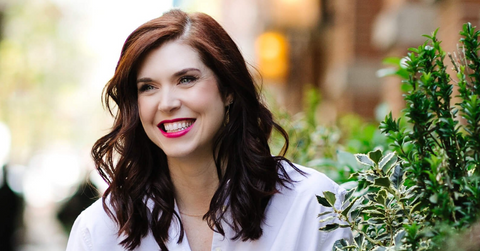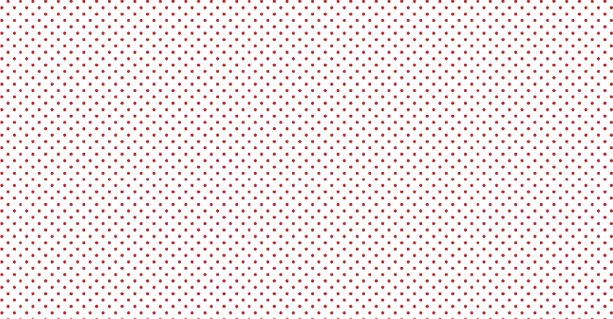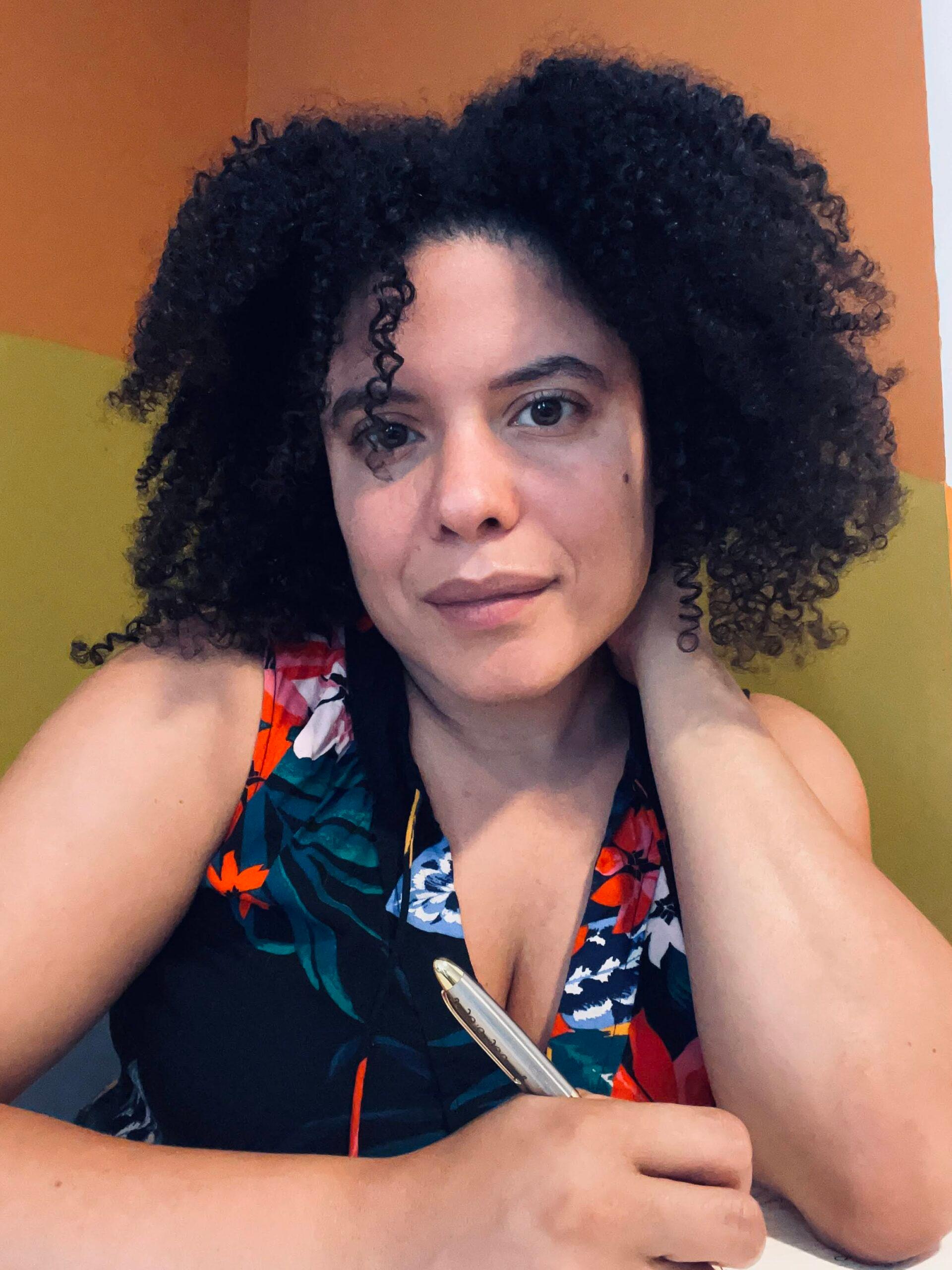Author, startup mentor, angel investor, producer, professor, and self-described human Venn diagram, Christina Wallace, has always embraced the idea of “and.” When, in the fourth grade, she was asked the all-too-familiar question: What do you want to be when you grow up? She confidently responded: a professor, an author, the president, and an astronaut.
She’s already checked off two. And there’s still time.
In her book, The Portfolio Life, Christina encourages readers to diversify and rebalance the roles they play to better navigate change and mitigate uncertainty.
“Choosing was never on the table for me,” she said.
For Christina, the concurrence of all these different roles is part of the appeal.
Her Agenda caught up with Christina to learn how she manages it all.
Her Agenda: Your career successfully blends business, technology, and the arts. Were you always interested in multiple lanes?
Christina Wallace: My earliest memories are of math and music. I started piano at age four. Equally so, I understood math intrinsically. I say I spoke three languages: Music, Math, and English.

Her Agenda: Did you feel pressure to “pick just one”?
Christina Wallace: Definitely! Adults kept asking what I’d pick, but I always lived in the space of, I’ll do all the things. Maybe it was pure idiocy, but I let all those voices roll off my back and was like, We’ll figure it out.
Her Agenda: Many people have interests that feel like they belong in separate worlds. How do you reconcile passions that seem to not “go together”? Can your portfolio be too scattered?
Christina Wallace: Well, those are different things. On the one hand, is it weird, bad, or problematic to have interests that are orthogonal? I know a Broadway actress who picked up coding as a hobby. When the pandemic hit and she couldn’t perform, she became a software engineer. Having completely unrelated interests is incredibly helpful.
In a financial portfolio, the premise of diversification is having non-correlated or inversely correlated assets. So when this thing causes the market to go crazy, that thing isn’t influenced. It’s strategic, and also helpful for your body, brain, and soul.
Second: Can you be too diversified? A financial portfolio with 2% in 50 different things is a hot mess. There’s no strategy. That’s when you start to feel like you’re being pulled in too many directions. The mental load of managing all the different pieces can feel like a piece in itself.
It’s like a soundboard: All channels at full volume is cacophony. Some have to be turned down for a season. That doesn’t mean they’re gone forever. When you enter a new chapter in life, you can make space for it to go back up.
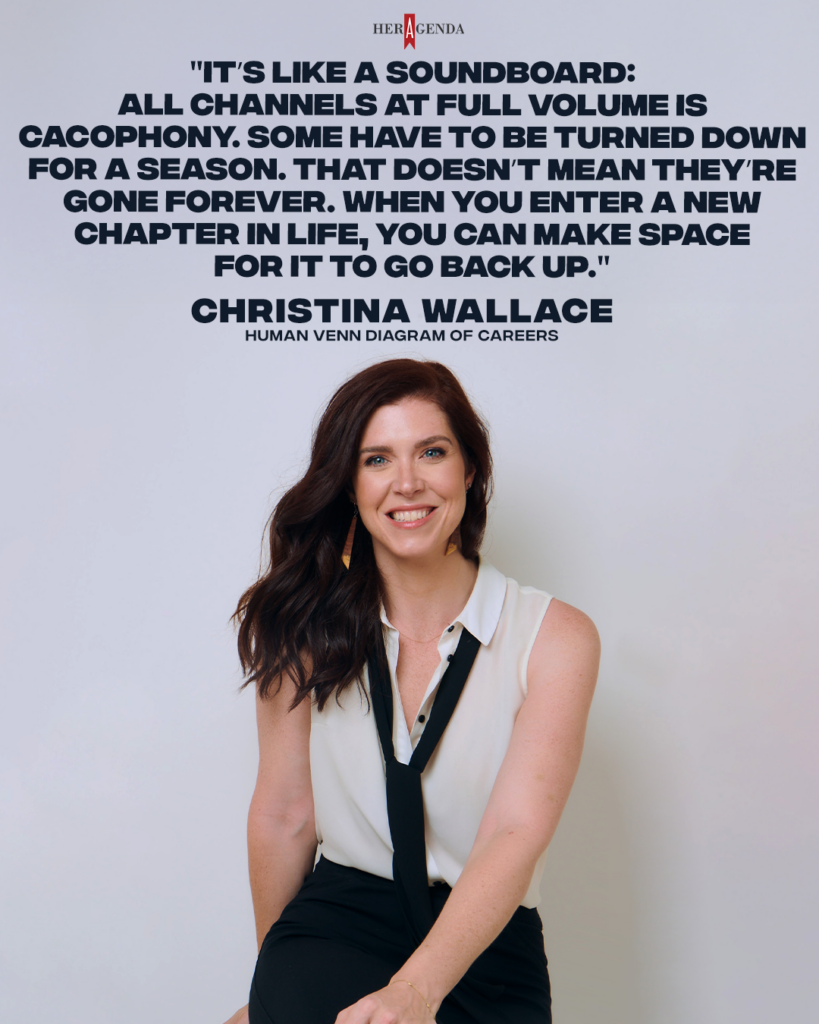
Her Agenda: In “The Portfolio Life,” you write that ‘you are bigger than how you monetize your time.’ That seems easier said than done, especially for those who are sole providers, underpaid, over-extended, etc. How do you embrace that mindset when survival feels like the priority?
Christina Wallace: Survival is real. I’ve been there. But, how you monetize your time is how you sustain yourself, it’s not your identity. If you are underpaid, overworked, under-appreciated, if you get yelled at by a customer or a boss, it helps to remember that the role is being undervalued, underpaid, disrespected, not you. It’s not about you. It’s late-stage capitalism.
Then you ask: ‘If I am not how I monetize my time, who am I?’ That’s where that Venn diagram comes into play: I am a mother, a weaver, a chef, a painter, you fill in the blank. Imagine all the words that could cycle through that. That is who you are. Your job is not it.

Her Agenda: How do you personally recognize when it’s time to rebalance your portfolio? What’s the tell?
Christina Wallace: It could be different for other folks, but for me, it’s friction. The portfolio used to meet my needs, now it doesn’t. My metric is: Am I having more good days than bad? There are moments when I’m like, ‘I’m doing all the things I wanted, why isn’t it working anymore?’It’s because I need a whole different set of things now. I used to be happy traveling for work because I was single, but now I have a husband and kids. I used to be able to write every weekend, now I’ve got people in my life that I want to spend time with. I have to rebalance: What do I need for this season? What do I keep, tweak, or toss?
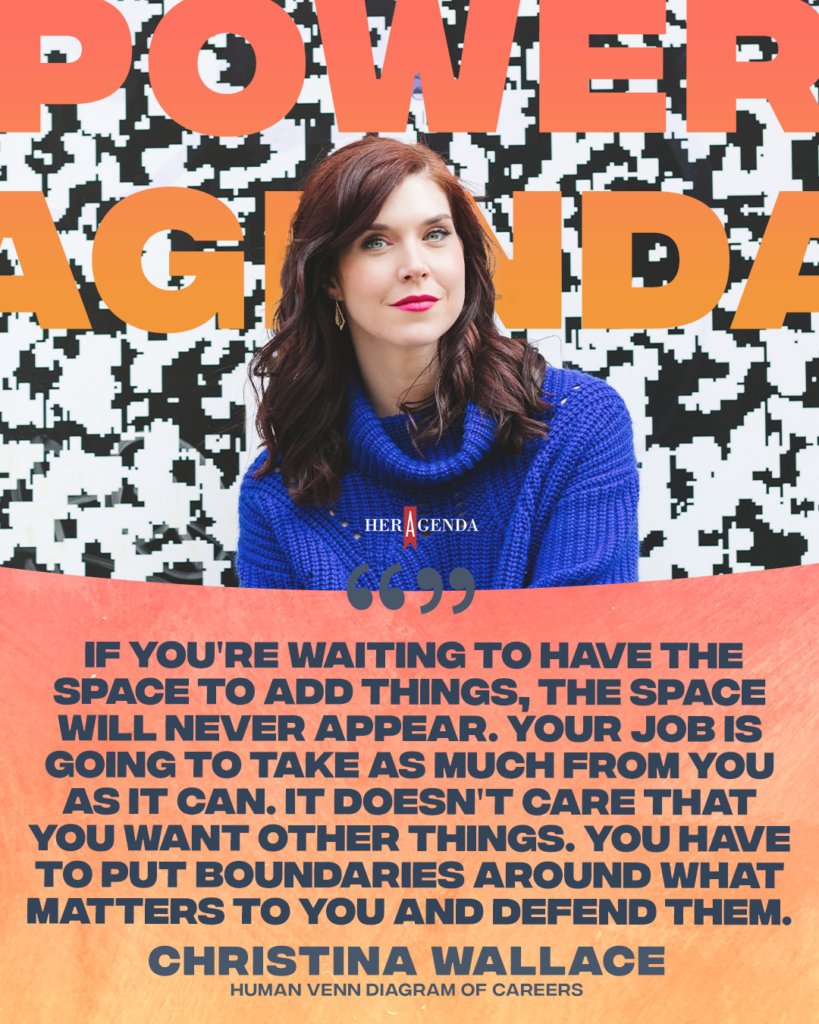
Her Agenda: You talk about failing small and failing often to build resilience. Can you share a moment of failure that shaped your path in a meaningful way?
Christina Wallace: When my first company failed, I had never failed at anything up to that point because I was so afraid of failure. I actively avoided taking an interesting class in college because I might get a B, or trying a new sport because I might not be good at it. Once I finally managed to get back on my feet, I was resolved to get better at failing, not let it paralyze my willingness to try things. One of my recovery tactics was to start running. I had someone tell me as a child that I wasn’t athletic, which is how so many of these things happen: stories we tell ourselves about ourselves, rooted in an offhand comment that we repeat without stopping to consider if it’s true.
Her Agenda: Or if it was even about me, sometimes it’s a projection.
Christina Wallace: Right. And if it was true, is it still true?
I started running and it helped train that inner voice: ‘I show up and I try, NOT I show up and I’m the best.’ Those little things that we tell ourselves, that inner monologue, matter a lot for how we see the world and how we see ourselves.
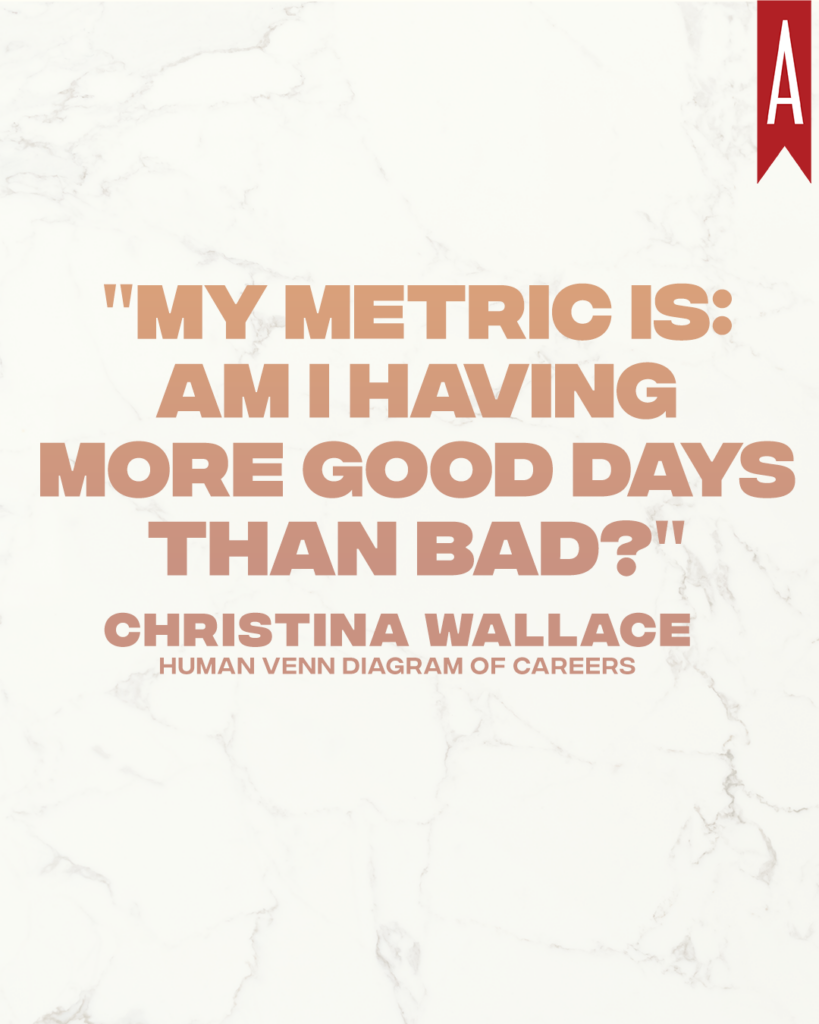
Her Agenda: Where can women who want to design a life that’s more than just their job title start?
Christina Wallace: Here’s the thing: a vacuum will be filled. If you’re waiting to have the space to add things, the space will never appear. Your job is going to take as much from you as it can. It doesn’t care that you want other things. You have to put boundaries around what matters to you and defend them. You have to decide, ‘this is what I deserve.’ No job will give you that space first.
[Editor’s note: This article has been edited for length and clarity.]

